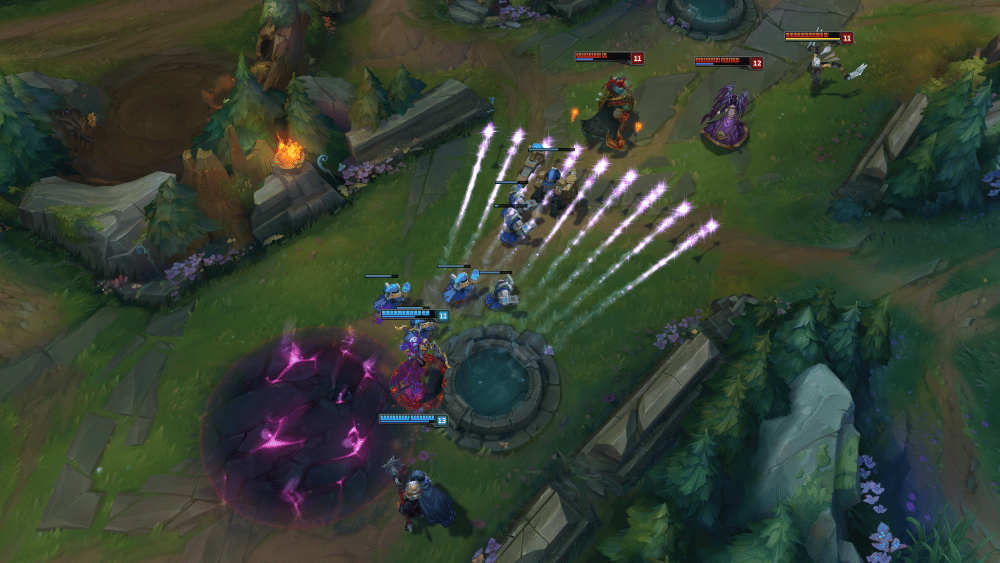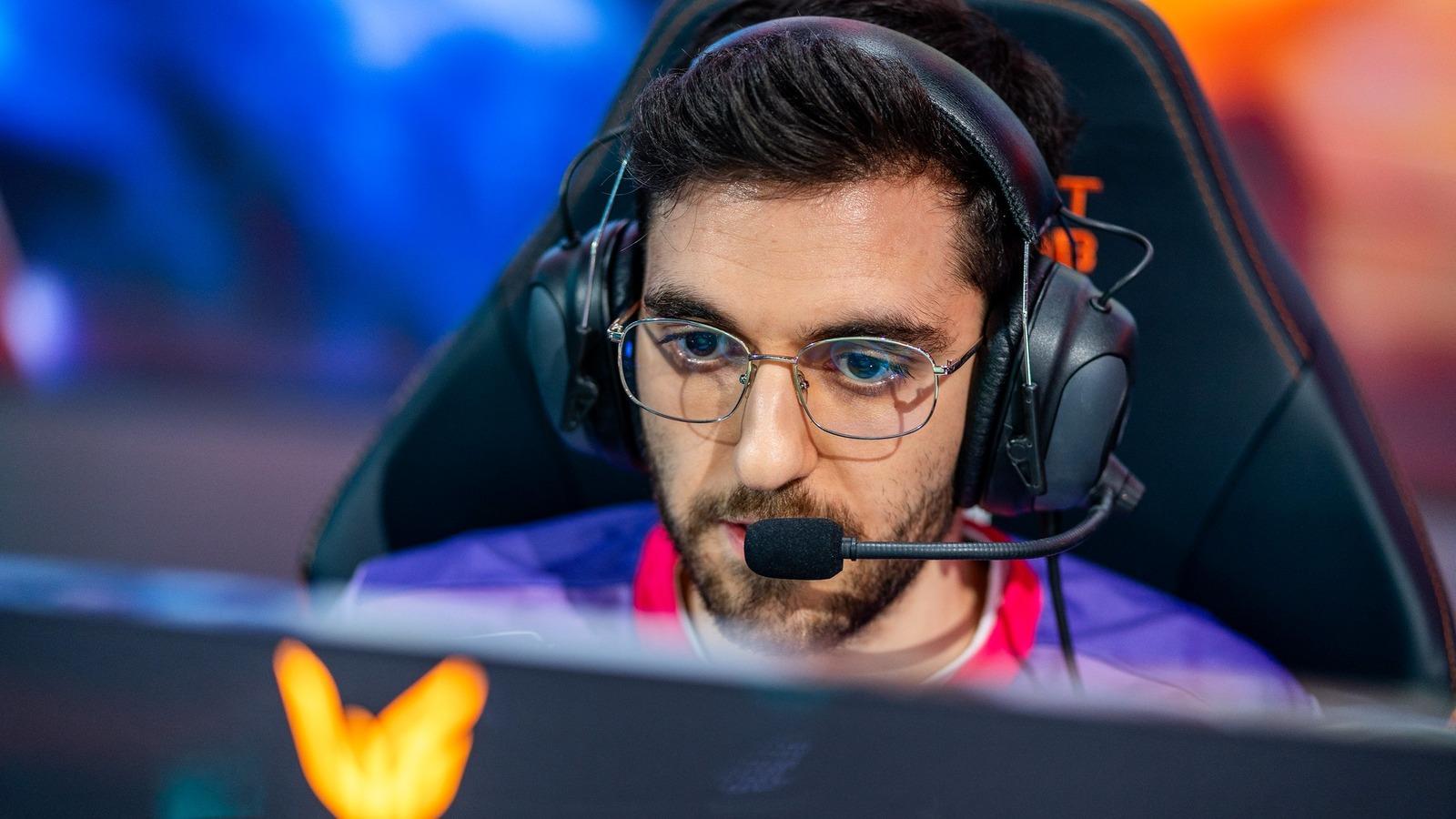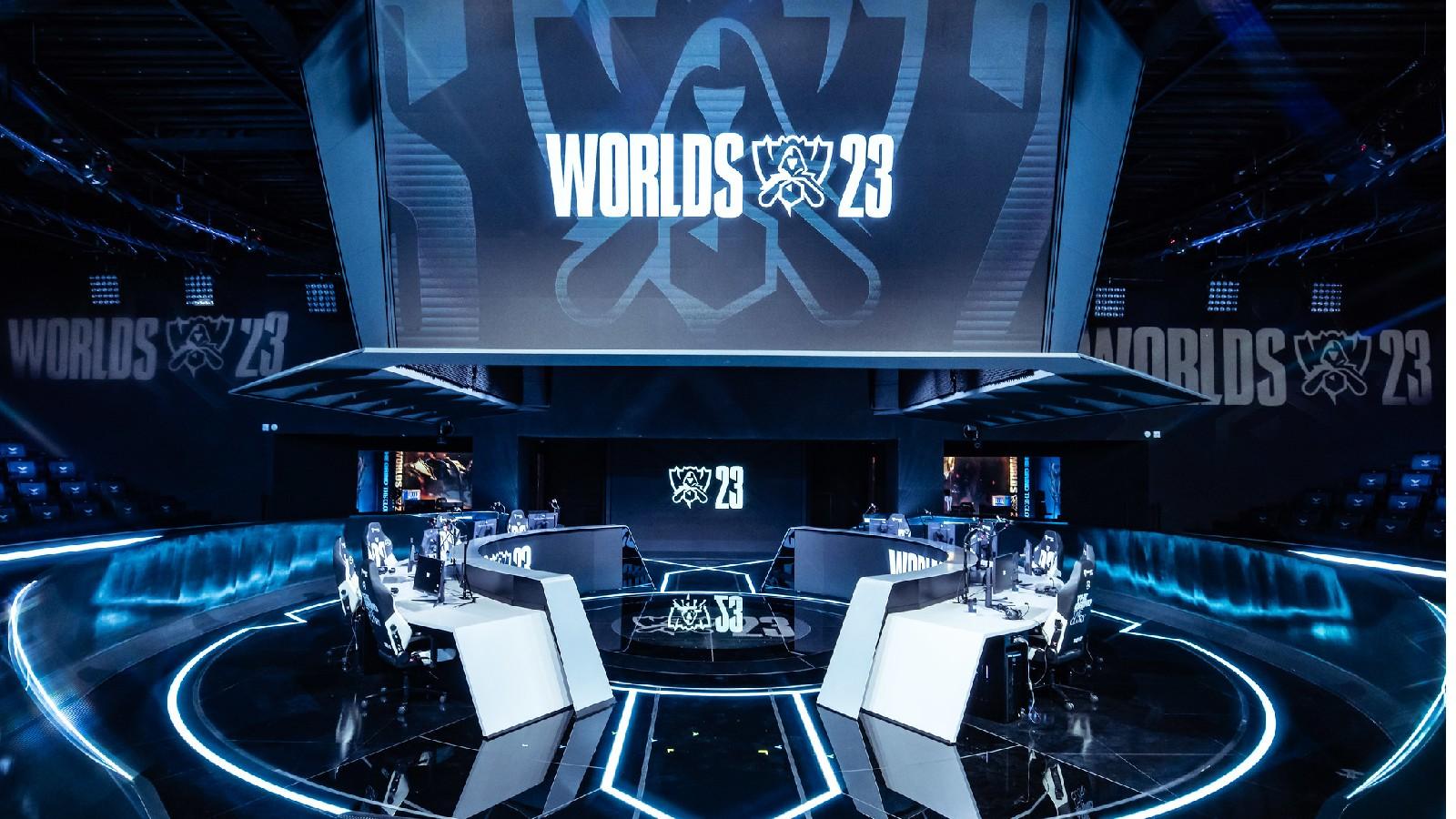Riot Games working on “anti-addiction” surveillance system for League of Legends
 Riot Games
Riot GamesPressures by Chinese state regulators have forced Riot Games parent company Tencent to request the developers to create a regional surveillance system in League of Legends, revealed in an LA Times report.
[ad name=”article1″]
Throughout 2018, game companies in China have been meeting government demands to implement a method of tracking and limiting the amount of hours younger players in the Chinese market put into their games.
Epic Games, who Tencent has a large stake in, have already made and rolled out a similar tracking system and ID verification method for their Chinese players in order to accomplish the same goal.
[ad name=”article2″]
 China wants to keep a closer eye on their League of Legends players’ game time.
China wants to keep a closer eye on their League of Legends players’ game time.The Chinese government has been trying to counteract the trend seen among younger people, known to the state as a “video game addiction,” by forcing them out of matches after a two-hour limit, unless they accrue a heavy in-game penalty or outright exclusion, per the report.
- Read more: Echo Fox selling LCS spot to LA Gladiators owners after failing to eject racist shareholder
Tencent has been under pressure to create the surveillance tool in League of Legends as the game has been growing increasingly popular in the region.
[ad name=”article3″]
“Our lead engineers, based in California, are aware of every feature that we create for ‘League of Legends,’” Riot Games told the LA times. “We develop market-specific features collaboratively, with representatives from our engineering teams around the world.”
In fact, the Times got a hold of internal documents from the League of Legends developers that apparently shows Tencent requesting an “AAS (anti-addiction system) upgrade” for the Chinese version of their popular MOBA.
To avoid the potential of losing the entire Chinese player base, Riot Games created and shipped out the update for that region’s version of the game.
[ad name=”article4″]
The report describes images in the Riot Games documents which labels younger players in a manner that adheres to “future AAS regulation.” Moreover, the requests in the documents wanted a way to kick players from League of Legends at certain times while restricting “time-based in-game rewards.”
If players are nearing their two-hour play limit, concept images in the report showed “anti-addiction warning” messages that would appear in the game. One mock-up reminded players that they weren’t allowed to play between the hours of 9 p.m. and 8 a.m.
 Chinese players might see pop-ups in their game to tell them its time to get off.
Chinese players might see pop-ups in their game to tell them its time to get off.There is no indication as of yet if Riot Games or Tencent would want to implement a similar feature for League of Legends in any other region.



